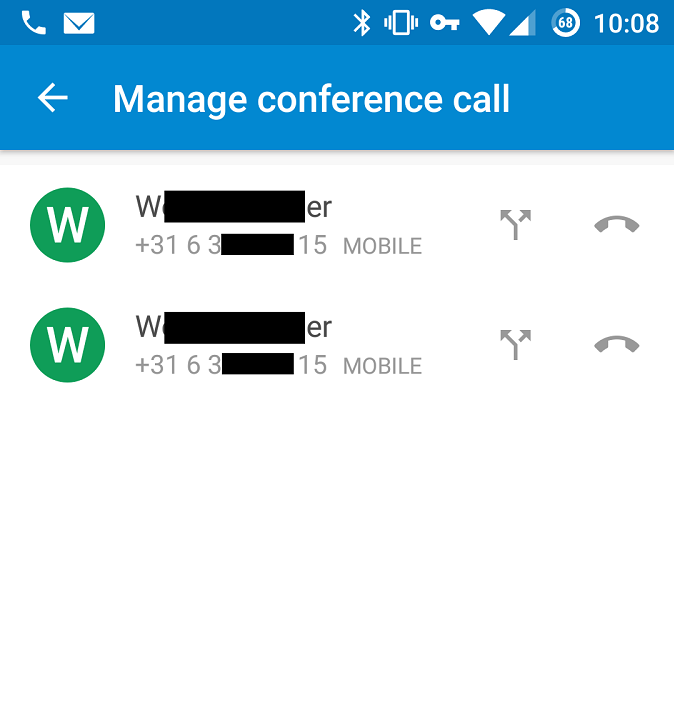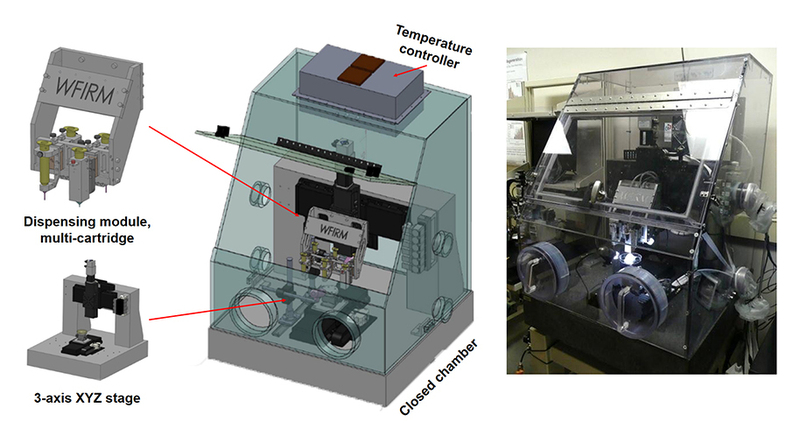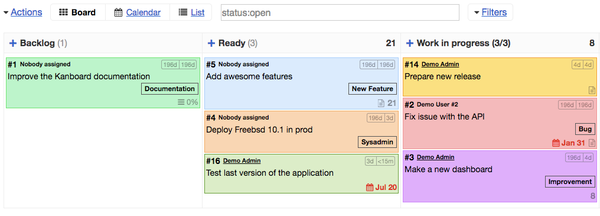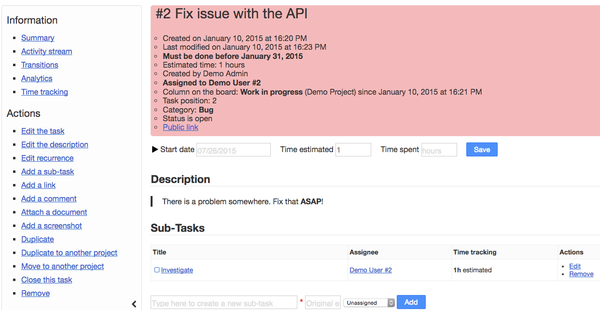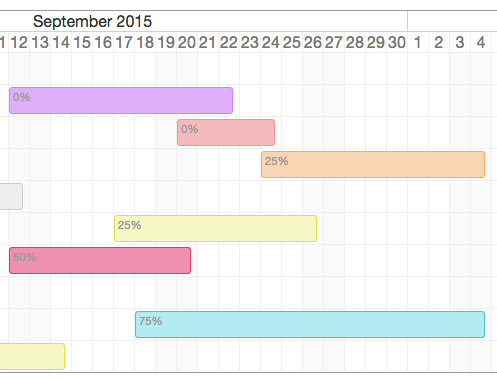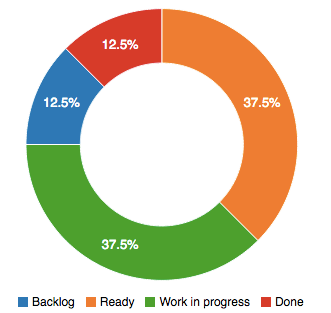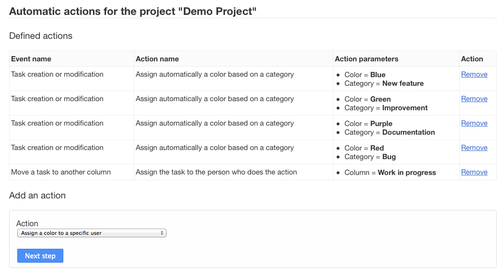The issue lies in the wireless USB dongles that the keyboards and mice use to communicate over radio frequencies with the host computer. Bastille says that while communication from most keyboards to the dongle is encrypted, none of the mice it tested encrypt their wireless communication. The dongle, therefore, will accept commands from an attacker in close physical proximity the same way it would from the user.
The attacker can, therefore, transmit malicious packets that generate keystrokes rather than mouse clicks, so long as the victim’s computer is turned on, Bastille said.
“Depending on the speed of the attack and how closely the victim is paying attention, it can happen pretty quickly,” said researcher Marc Newlin, who said that an attack could simulate 1,000 words-per-minute typing and install a rootkit in 10 seconds, or eight milliseconds-per-keystroke.
Bastille founder Chris Rouland said that an attacker could exploit the vulnerability with a $15 USB dongle and 15 lines of Python code against any Windows, Mac or Linux machine and gain full control.
“At this point, they can inject malware, or compromise an air-gapped network by turning on Wi-Fi on the target,” Rouland said. “We have been working with the vendors for more than 90 days. More than half of the mice are not able to be updated and will not be patched. And likely won’t be replaced. There will be vulnerable devices everywhere.”
Source: Mousejack Attacks Abuse Vulnerable Wireless Keyboard, Mouse Dongles | Threatpost | The first stop for security news



